How racism fueled the Eaton Fire’s destruction in Altadena − a scholar explains why discrimination can raise fire risk for Black Californians
Published in Political News
The damage from the Eaton Fire wasn’t indiscriminate. The blaze that ravaged the city of Altadena, California, in January 2025, killing 17 people and consuming over 9,000 buildings, destroyed Black Altadenans’ homes in greatest proportion.
About 48% of Black-owned homes sustained major damage or total destruction, compared with 37% of those owned by Asian, Latino or white Altadenans, according to a February 2025 report from the UCLA Ralph J. Bunche Center for African American Studies.
The Eaton Fire’s uneven devastation reveals a pattern of racial discrimination previously concealed along neat blocks of mid-century, ranch-style homes and tree-lined streets.
In the early 20th century, Altadena was a professional enclave connected to Los Angeles, 13 miles away, by the Pacific Electric Railway, or “Red Car” system.
It was also lily-white, and that’s how homeowner groups liked it, according to research by Altadena historian Michele Zack.
These organizations, which had lofty names such as the Great Northwest Improvement Association and West Altadena Improvement Association, urged homeowners to write language into their deeds that would bar Black, Latino or Asian tenants from buying or renting there.
“We want our section of Pasadena and Altadena to be a place for white people only,” read one homeowners association notice sent to property owners in 1919.
By the end of World War II, most properties in Altadena had racially restrictive deeds or covenants – a trend being repeated in white suburbs across the country.
In 1948, the U.S. Supreme Court struck down such restrictions in Shelley v. Kraemer as unenforceable. Still, the 1950 census shows that Altadena had no Black residents.
But the Los Angeles area was changing. The West Coast economy boomed after the war, and Black Americans from Louisiana, Oklahoma and Texas began heading to California. Many landed in Pasadena, directly south of Altadena.
Claiming that Americans preferred buses and automobiles to trains, a consortium of automobile, oil and tire companies persuaded Los Angeles officials to rip out the electric railway and replace it with roads.
Los Angeles’ “Red Car” system, which had connected the region, closed for good in 1961. Altadena had already lost its rail connection to Los Angeles long before, in 1941.
By mid-century, broader Los Angeles had become a series of homeowner-controlled enclaves connected by freeways and choked with smog.
The construction in 1958 of Interstate 210, which connected the San Fernando Valley to the San Gabriel Valley, ran a four-lane highway through mostly Black and Latino neighborhoods of Pasadena. Following a national pattern of displacing poor minority communities in the name of urban renewal, it was part of a redevelopment spree that ultimately pushed 4,000 Black and Latino residents out of the city.
Some relocated within Pasadena or moved to Duarte, Monrovia, Pomona or South Los Angeles. But a handful of families bought homes in Altadena, defying the illegal racial covenants still in place there.
One new Black resident, Joseph Henry Davis, bought a home west of Lake Avenue, the main north-south artery dividing the city, in what was, as one local newspaper put it in 1964, an “all-white Altadena neighborhood.”
When Davis moved in, the story reports, his new neighbors put up “a 40-inch white plaster cross that (read) ‘you are not welcome here.‘” The Davis family “paid it no attention.”
Altadena embodied a paradox seen nationwide. The city integrated, but block-by-block segregation kept white and Black residents apart.
By 1970, roughly one-third of Altadena’s population was Black, and 70% of Black households in Altadena owned their homes – nearly double Los Angeles County’s Black home ownership rate of 38%.
Black residents almost exclusively lived in West Altadena. Lots there were smaller than those on the east side of town, so they were more affordable. They were also older, which made them more vulnerable to fires because they were built with materials that were more flammable than those used in newer homes.
As my book “The Plunder of Black America: How the Racial Wealth Gap Was Made” shows, once Black families surmounted one obstacle, such as racial covenants, another rose in its place.
In the 1960s and 1970s, many white Altadenans resisted school integration, opposing boundary changes and busing that would have put Black and Latino students in predominantly white Altadena schools. California passed Proposition 13 in 1978, freezing property taxes at 1% of their assessed value. Public schools lost significant funding, private schools gained affluent students, and educational segregation deepened.
Educational discrimination feeds wealth inequality, which was severe nationwide: In 1980, for every dollar a white household owned, a Black one owned 20 cents.
Rising home values, paradoxically, had a similarly malignant effect. In the 1980s, the Los Angeles area became one of the most expensive housing markets in the nation. Many Black Altadenans could no longer afford to live there. The share of the city’s population that was Black fell from 43% in 1980 to 38% in 1990. By the 2000s it had dropped to below 25%.
Black homeowners who remained in Altadena were hit hard by the 2008 housing crisis. That crisis was caused in part by lenders steering borrowers, particularly borrowers of color, into subprime loans, even when they qualified for better deals.
Between 2007 and 2009, Black households lost 48% of their wealth – nearly half their assets. White wealth dropped during the Great Recession, too, but only by about one-quarter.
Research into this racial discrepancy later showed that because white families had more of a financial cushion, they could stem their losses.
These and other factors have all dragged down the wealth of Black Californians over the years. In 2023, California’s task force on reparations calculated that the state’s discriminatory practices cost the average African American in California $160,931 in homeownership wealth compared with a white Californian.
Those inequities were a tinderbox that the Eaton Fire ignited.
Altadena is inherently prone to fire because it borders the Angeles National Forest, gets Santa Ana winds that spread embers, and has highly flammable vegetation. But because Black Altadenans’ homes sit on smaller lots, with structures and landscaping located closer together, the ember fire spread more easily in Black neighborhoods.
Black Altadenans also tend to be older than their white neighbors, because most had bought into the area before the real estate boom of the 1980s. The physical and financial strains typical of an aging household may have caused hardships for removing vegetation – a best practice in protecting a structure from an ember fire.
All these factors likely contributed to the Eaton Fire disproportionately burning Black-owned homes. All are connected to the city’s legacy of discrimination and exclusion. And they will all make fire recovery harder for Black Altadenans, too.
This article is republished from The Conversation, a nonprofit, independent news organization bringing you facts and trustworthy analysis to help you make sense of our complex world. It was written by: Calvin Schermerhorn, Arizona State University
Read more:
How ghost streams and redlining’s legacy lead to unfairness in flood risk, in Detroit and elsewhere
Racial and ethnic minorities are more vulnerable to wildfires
Wildfire risk is soaring for low-income, elderly and other vulnerable populations in California, Washington and Oregon
Calvin Schermerhorn does not work for, consult, own shares in or receive funding from any company or organization that would benefit from this article, and has disclosed no relevant affiliations beyond their academic appointment.


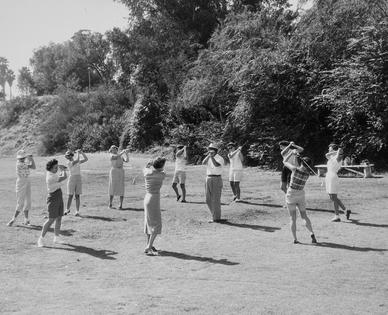






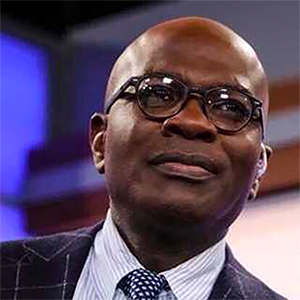



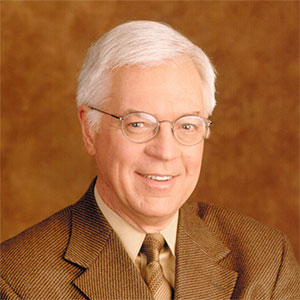










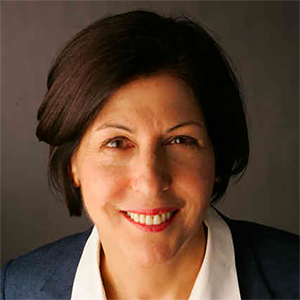




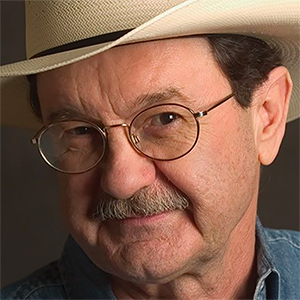



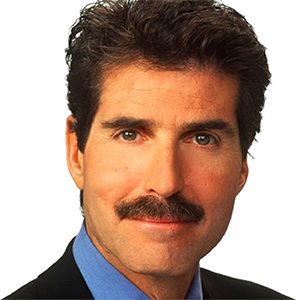

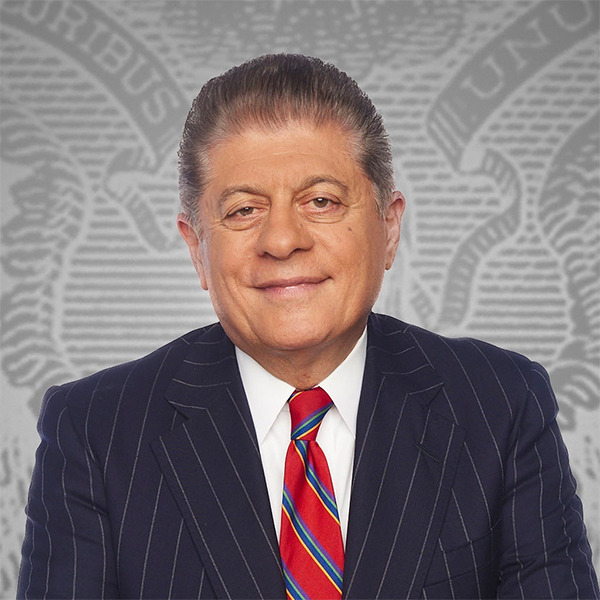











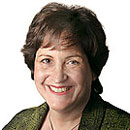
















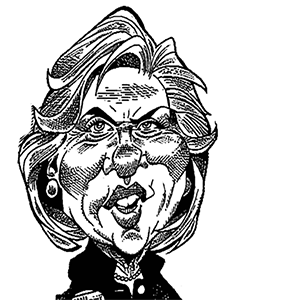
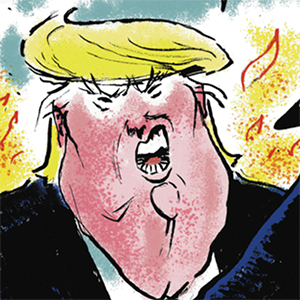
Comments